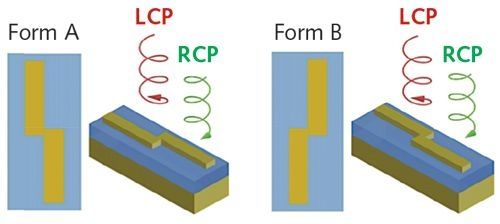It’s even more fascinating than we thought.
The Milky Way looks nothing like the flat space pancake it is usually depicted as. The newly-created and most accurate 3D map of our galaxy reveals that it’s warped and twisted, and even more fascinating.
A group of astronomers from Australia and China have built their “intuitive and accurate three-dimensional picture” by mapping the so-called “classical Cepheids.”
Burning their fuel quickly, those pulsating stars that live fast and die young are 100,000 times brighter than the Sun. The combination of their pulsation periods and known luminosity allowed the scientists to determine their location with the high accuracy of between 3 to 5 percent.








